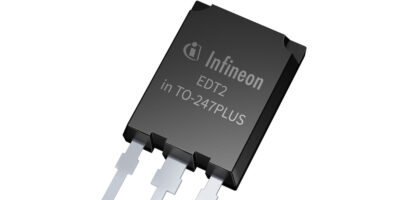Radiation-hardened (rad-hard) components by STMicroelectronics help low earth orbit (LEO) satellites expand communication and earth observation services. ST said it is simplifying the design and volume production of the new generation of reliable small, inexpensive satellites to deliver services like earth observation and broadband internet from LEOs.
The new series of rad-hard power analogue and logic ICs are supplied in inexpensive plastic packages. The initial nine devices have been released and include a data converter, a voltage regulator, an LVDS transceiver, a line driver, and five logic gates that are used throughout systems like power generation and distribution, on-board computers, telemetry star trackers, and transceivers.
The nine parts are the LEO3910 2A adjustable low-dropout voltage regulator, the LEOAD128 eight-channel, 1Mssample per second 12-bit ADC, the LEOLVDSRD 400Mbits per second LVDS driver-receiver, LEOAC00 quad two-input NAND gate, LEOAC14 hex inverter with Schmitt-trigger input, LEOA244 octal bus buffer with tri-state outputs, LEOAC74 dual D-type flip-flop, LEOAC08 quad two-input AND gate and LEOAC32 quad two inputs OR gates.
The LEO rad-hard plastic parts are ready to use in ‘New Space’ applications, with optimised qualification and production flows and economies of scale. They require no additional qualification or up-screening from their users, and therefore eliminate significant cost and risk, ST confirmed.
The series ensures a radiation hardness match to the LEO mission profile, with a total ionisation dose immunity up to 50krad(Si), high immunity to total non ionising dose and single event latch-up (SEL) immunity up to 62.5MeV.cm²/mg. The parts are assembled on the same production line used for ST’s AEC-Q100 automotive-qualified ICs.
The parts outgassing is characterised to ensure it stays within the commonly accepted limits of New Space. External terminations’ finishing ensures the absence of whiskers in space, while being compatible with both leaded (Pb) and pure tin mounting processes as well as REACH-compliant.
ST said it continue to grow the series adding more functions in the coming months to further expand designers’ choices.







